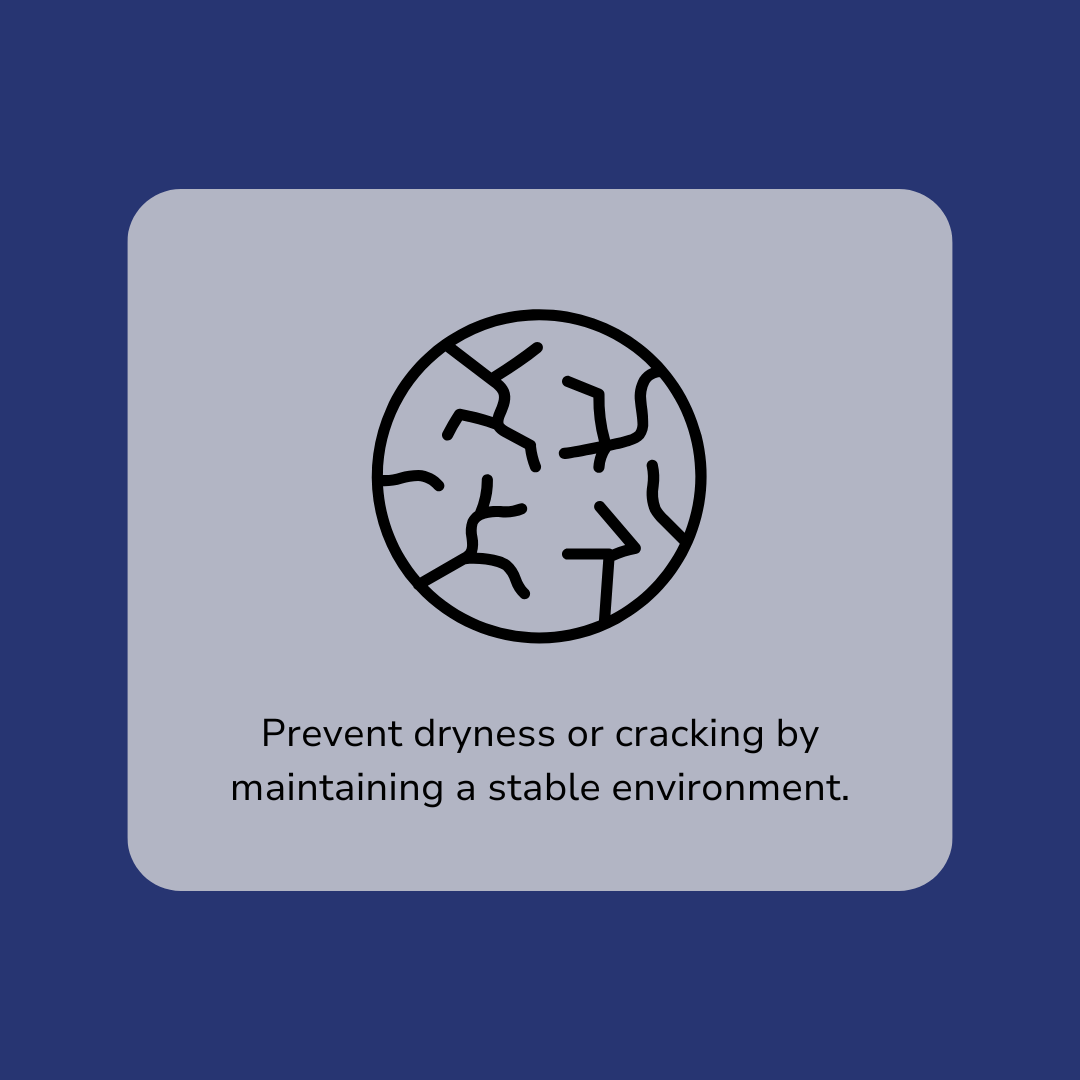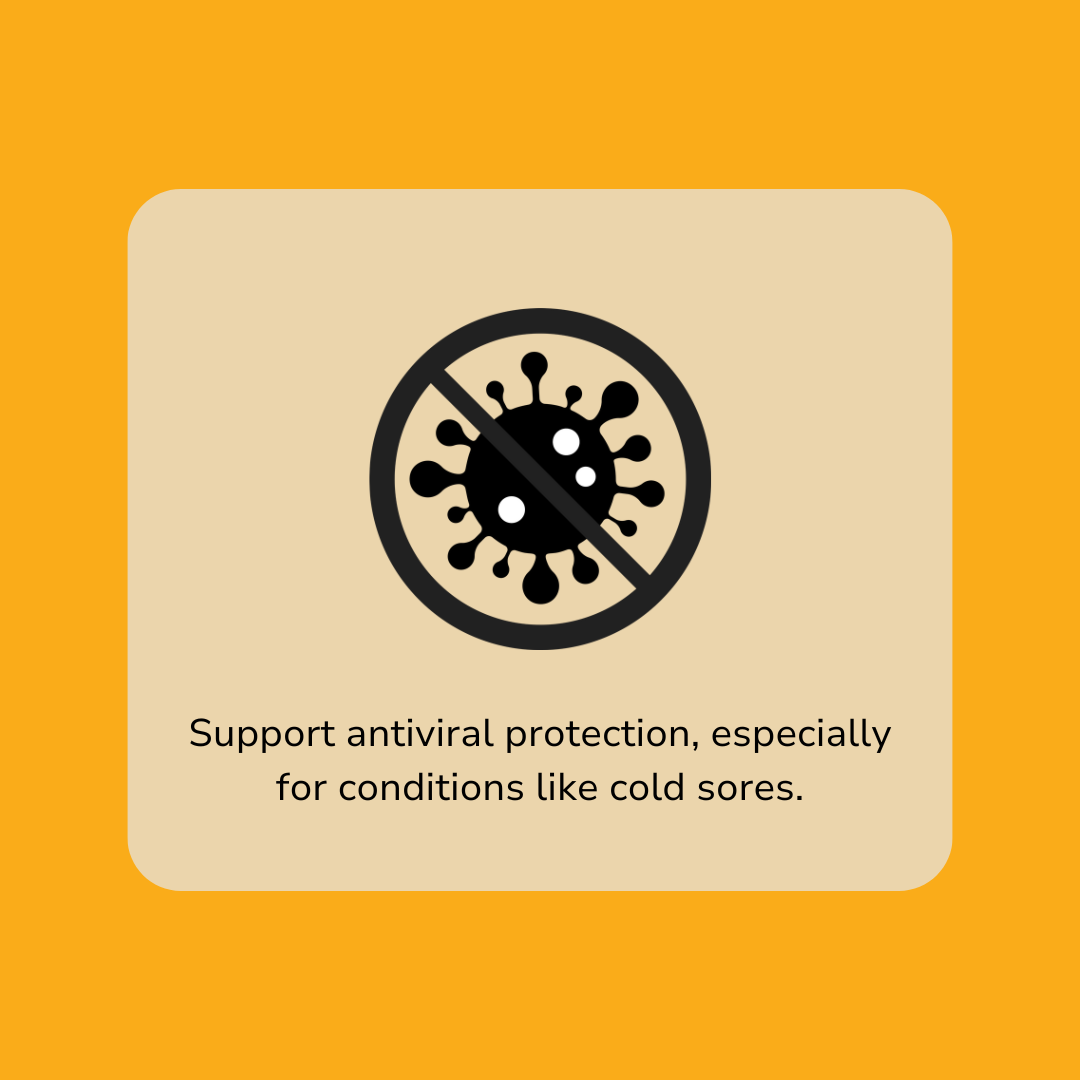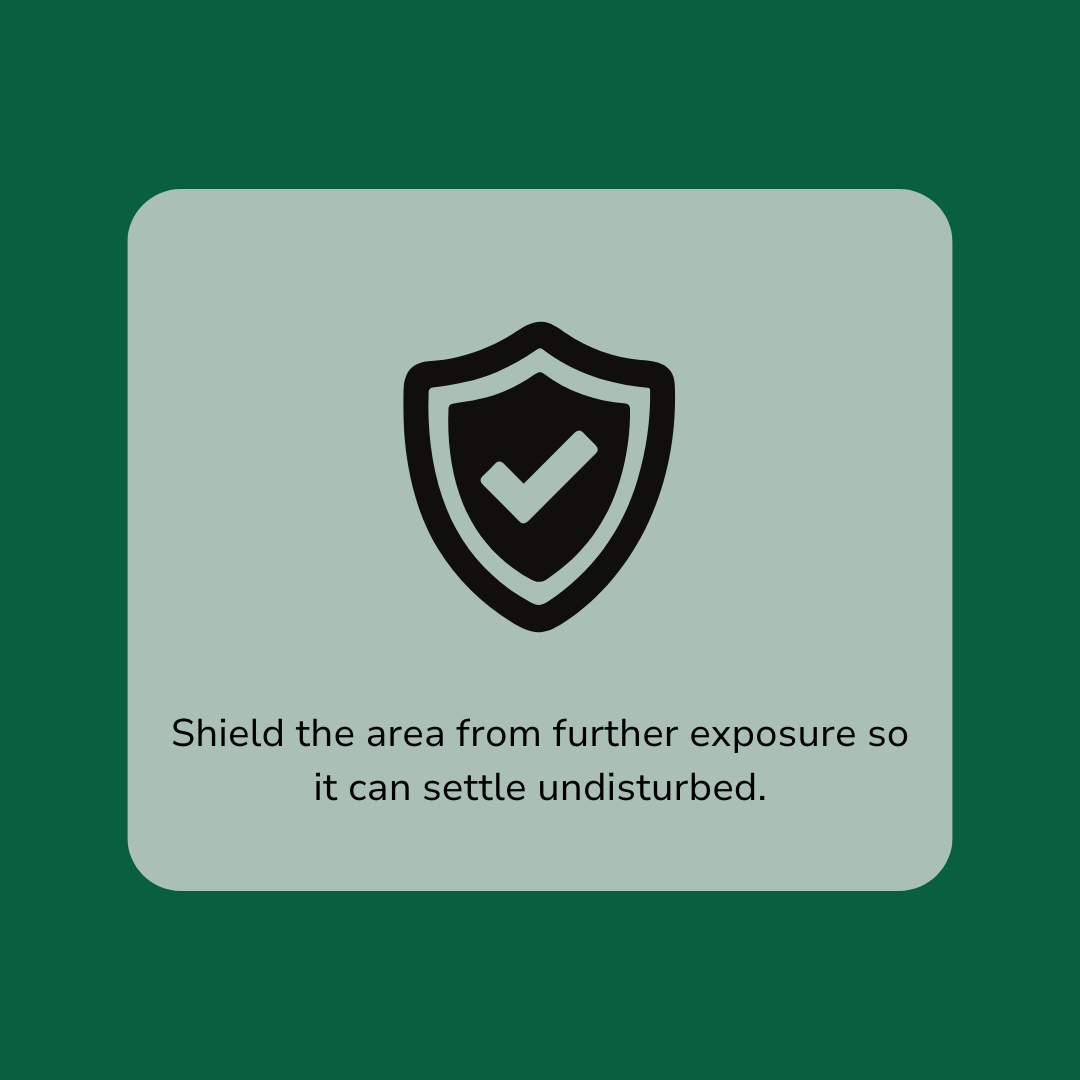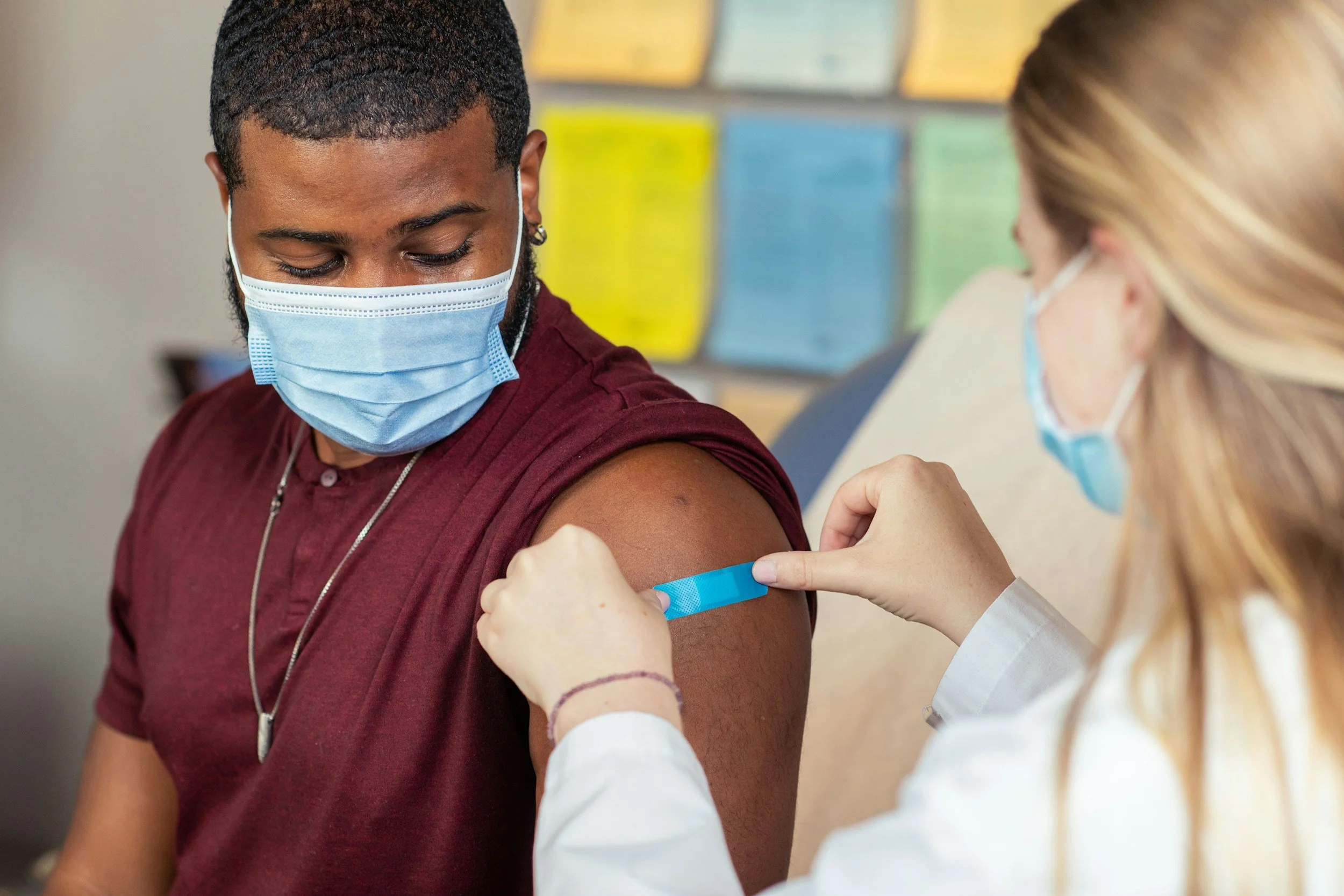
Protection.
Skin injuries are vulnerable.
Protection makes a difference.
Dirt, friction, bacteria and irritation can all turn a small issue into a big problem. The good news? With purposeful protection, you can shield your skin, reduce the risk of further irritation and support your natural defences without overcomplicating your care.
Skin Needs Support.
From a scraped knee to a healing blemish or a cold sore you just want to hide, every skin disruption leaves the surface more exposed.
That’s why the right protection matters to help maintain a calm, clean environment while the skin does its job.
Protection Matters.
When the skin’s surface is broken, irritated or inflamed, even minor disruptions can create discomfort or complications. Protective coverings can help.
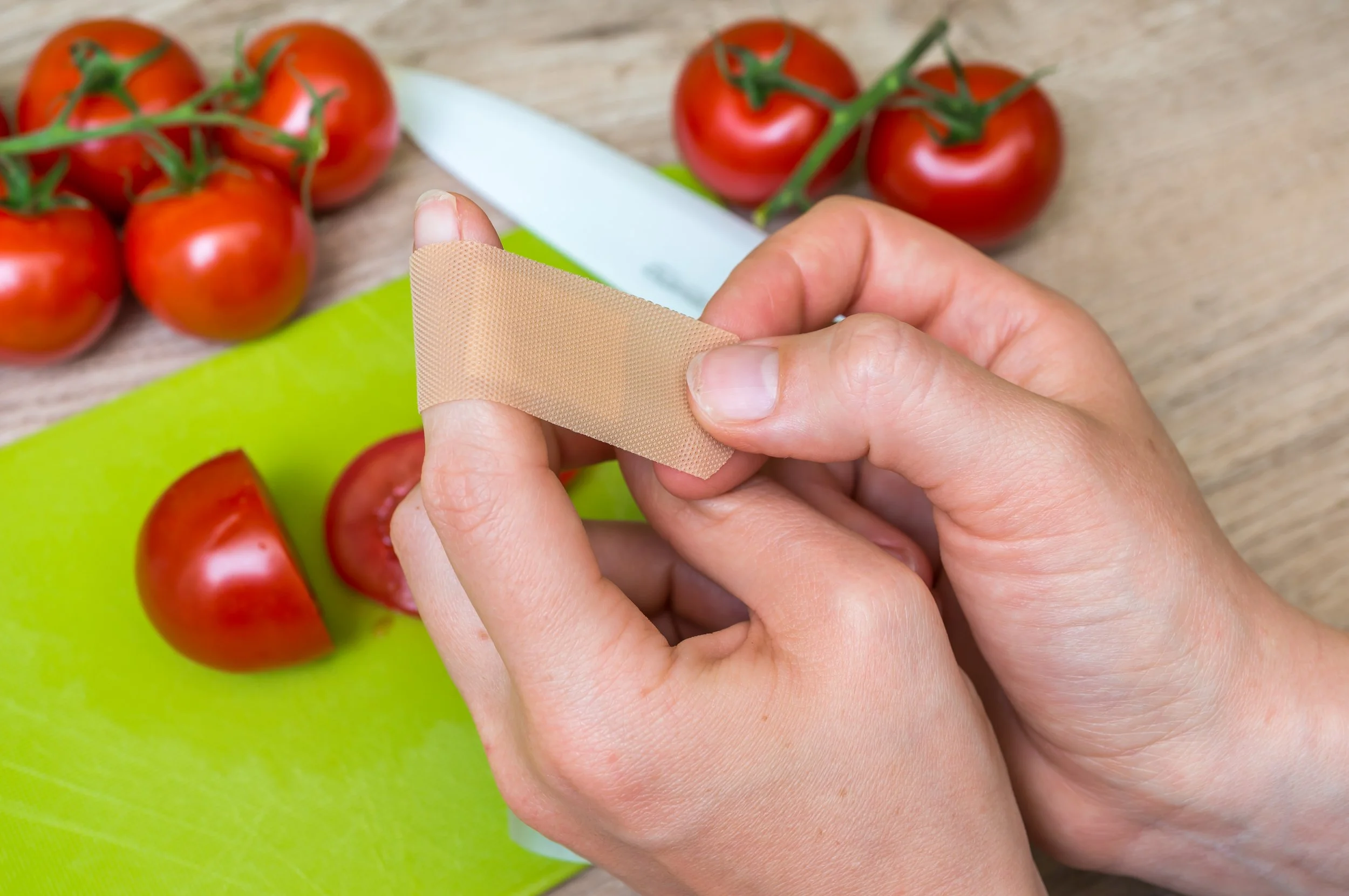
What Protection Does your Skin Need?
Different skin injuries call for different kinds of protection. If the area is deep, not improving, or shows signs of infection (like increasing redness, swelling, or discharge), speak to a healthcare professional.
-
Small cuts, grazes, scratches
Use flexible, breathable adhesive strips to cushion and protect the wound while keeping out bacteria.
-
Kitchen burns, workplace nicks, childcare scratches
Choose durable, high-adhesion bandages made to stay in place during movement and high-contact activity.
-
Blisters, ingrown hairs, pimples
Use targeted spot or hydrocolloid patches to shield and help reduce friction on sensitive skin.
-
Cold sores, herpes lesions
Apply discreet film patches to cover and protect these areas while minimising external contact.
-
Insect bites, heat rash, mild reactions
Choose soft, breathable covers that reduce rubbing and allow the skin to settle.
-
Cosmetic blemishes, tattoo sites
Use transparent or cosmetic-friendly covers that protect without drawing attention, allowing skin to recover comfortably.







